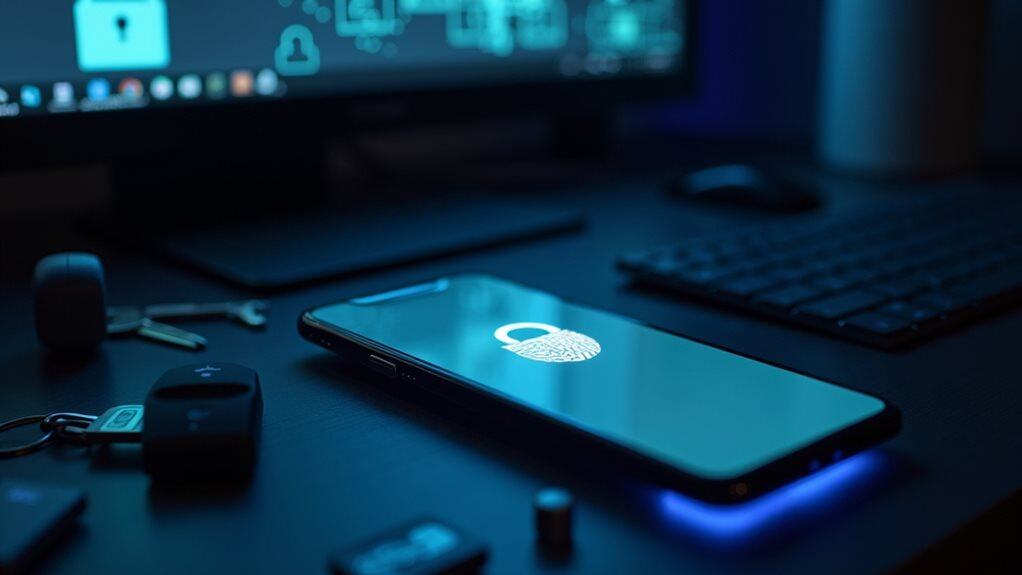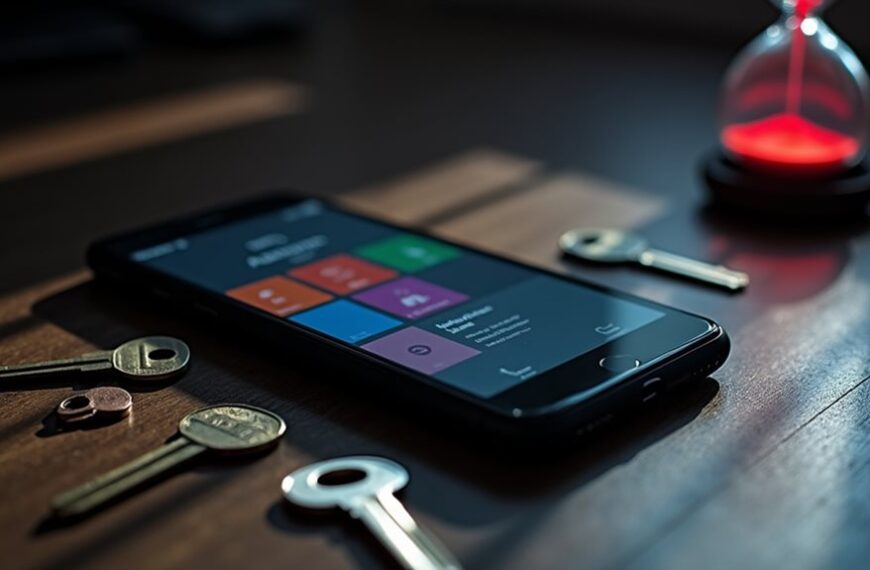You must export your passwords from Microsoft Authenticator before August 2025, when the app will permanently delete all stored credentials. Microsoft will disable new password imports in June 2025 and stop autofill functions in July 2025. The company recommends transferring your passwords to alternative managers like Edge browser or other password management services to avoid being locked out of your accounts. This shift reflects Microsoft’s broader move toward passwordless authentication methods, and understanding the complete timeline will help you prepare effectively.

Microsoft will discontinue password storage and autofill functions in its Authenticator app by August 2025, marking a remarkable change toward passwordless authentication methods. This change affects millions of users who currently rely on the app to store and manage their login credentials.
The timeline for these changes has already begun. Microsoft disabled the ability to add or import new passwords into Authenticator in June 2025, and the autofill feature will stop working in July 2025. By August 2025, all saved passwords will be permanently deleted from the app.
You must export your passwords before August to avoid losing access to your accounts. Failure to take action could result in being locked out of services that depend on credentials stored in Authenticator. Microsoft recommends transferring passwords to alternative password managers or using the Edge browser’s password sync feature. During the export process, passwords will be temporarily unencrypted until they are imported into your new password manager.
This decision aligns with Microsoft’s strategic push toward a passwordless future. The company blocks approximately 7,000 password attacks per second, highlighting the security vulnerabilities associated with traditional password authentication. Passwords remain susceptible to reuse, weak creation habits, and phishing attacks.
Microsoft is promoting passkeys and biometric authentication as safer alternatives. These methods include Windows Hello features like PIN access, facial recognition, and fingerprint scanning, which are integrated into Microsoft Authenticator for Microsoft accounts. Passkeys and FIDO2 authentication provide superior protection against phishing and credential theft compared to traditional passwords.
The change consolidates password management within Microsoft’s ecosystem. After Authenticator removes password support, users can sync their saved passwords through their Microsoft account and access them via the Edge browser’s password manager. Little prior communication has been provided to users about this significant transition, creating confusion about the timeline and requirements.
This change allows Authenticator to focus primarily on multifactor authentication while Edge handles credential storage.
The shift toward passwordless authentication offers substantial security benefits. Biometrics and passkeys reduce phishing attack success rates and eliminate risks associated with password reuse and weak password choices.
However, you need to act now to migrate your stored passwords and adapt to new authentication methods before the August deadline to maintain uninterrupted access to your accounts.
Frequently Asked Questions
What Happens to My Existing Passwords Stored in Microsoft Authenticator?
Your existing passwords stored in Microsoft Authenticator will be permanently deleted starting August 2025.
You’ll lose autofill functionality in July 2025, and you can’t add new passwords after June 2025.
All stored password data becomes inaccessible once the removal begins.
You must export your saved passwords to an alternative password manager before August 2025 to prevent complete data loss and potential account lockouts.
Can I Still Use Backup Authentication Methods After August 2025?
Yes, you can still use backup authentication methods after August 2025.
Microsoft’s password removal only affects password storage and autofill features, not multifactor authentication capabilities.
You’ll retain access to phone sign-in, device-based verification, security keys, and other two-factor authentication methods.
The Authenticator app will continue functioning as your second factor for account verification.
Microsoft encourages shifting to passwordless technologies like passkeys, Windows Hello, and FIDO2 authentication for improved security.
Will This Change Affect My Personal Microsoft Account or Just Work Accounts?
This change affects both your personal and work Microsoft accounts.
You’ll lose password storage in Microsoft Authenticator for all account types starting August 2025.
Personal accounts will shift password sync to Microsoft Edge browser, while work accounts typically have enterprise identity management solutions.
You must export saved passwords from both account types before the deadline.
The shift impacts millions of users regardless of whether they use personal or professional Microsoft accounts.
How Do I Migrate My Authentication Settings Before the Deadline?
You’ll need to export your saved passwords from Microsoft Authenticator before August 2025.
First, open the app and guide yourself to your password settings to export credentials.
Next, choose a replacement password manager or switch to Microsoft Edge’s built-in autofill feature.
Then, import your exported passwords into your chosen solution.
Finally, enable alternative authentication methods like Windows Hello or FIDO2 security keys to reduce password dependency.
What if I Lose My Phone After Passwords Are Removed?
If you lose your phone after passwords are removed, you’ll need alternate authentication methods you’ve set up beforehand.
Recovery depends on backup options like email recovery, secondary MFA devices, or printed recovery codes from other devices.
Without prior planning, you’ll face account lockouts since no automatic recovery exists.
You’ll need to contact individual service providers directly if all backup methods fail, making advance preparation essential.





